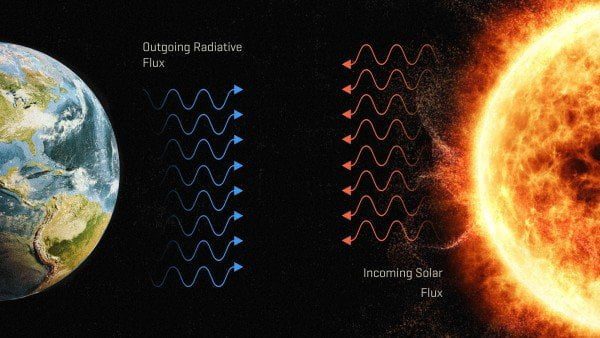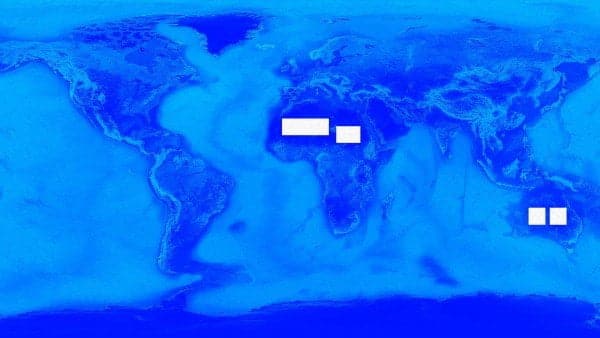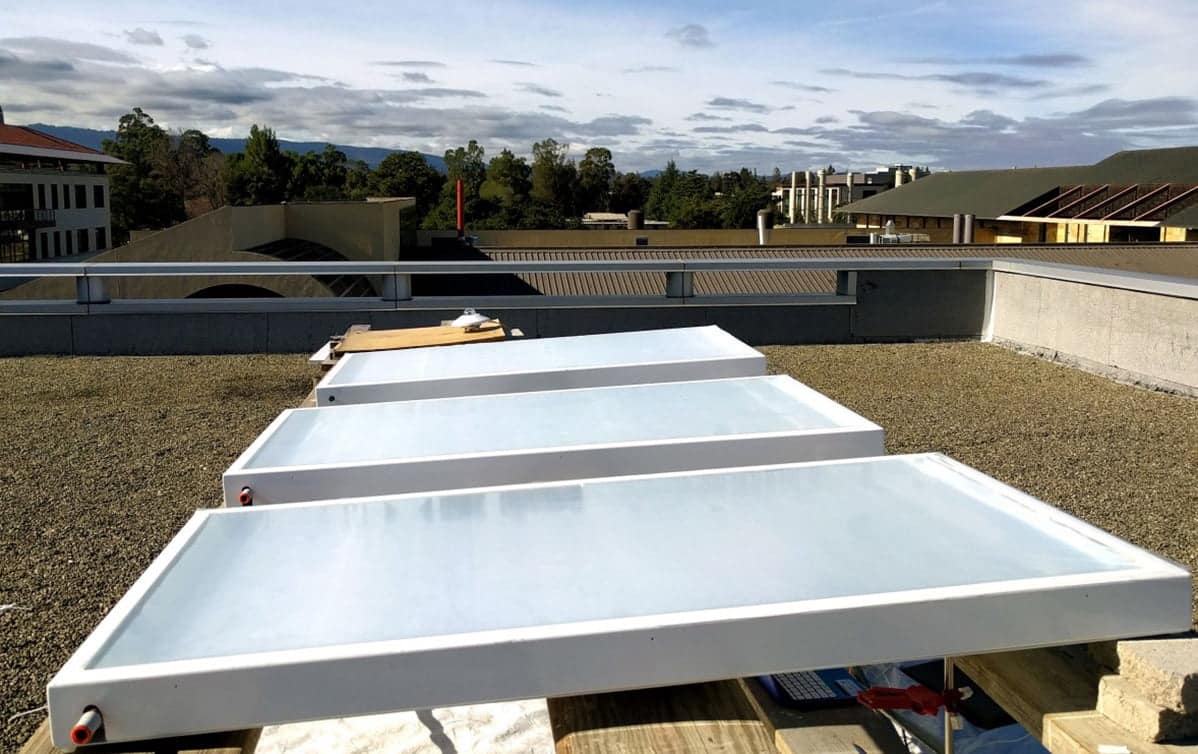Scientists are coming up with extreme ideas to fight climate change. It is theoretically possible for a researcher to use the concepts used in new cooling systems, such as air conditioners and refrigerators, to cool the entire planet.
Jeremy Munday, an engineer at the University of California, is passionate about fighting climate change. Examining two applications of radiative cooling, Munday would like to generate clean energy (a practical and immediate use) or perhaps even cool the entire planet.
What if, instead of slowing global warming, we could really help Earth cool down?
To understand Munday's idea, we first need to summarize the basics of radiative cooling. The concept has been around for a long time. Before refrigeration existed, people harnessed the power of radiative cooling to make ice where temperatures never dropped below freezing.
On cold nights, the Iranians filled shallow stone pools with water. Because of the cold expanse of space suspended above the Earth, the ground, water, and pretty much everything else gives off heat. Sometimes, so much heat can radiate from the planet into space that water turns to ice, even if ambient temperatures are above freezing. Likewise, summer frosts occur due to radiative cooling.

How does radiative cooling work?
Munday and his team used the concept of radiative cooling to design a panel that could produce energy during the night (a kind of reverse solar panel). Using the Earth as a heat source, the panel is warm compared to the night sky. Therefore, it will radiate heat as infrared light. It generates electricity in the same way as solar panels, transferring heat, but in the opposite direction. Infrared light is emitted from the panel, and current and voltage flow in the opposite direction from the solar panels, but still generate electricity.
Munday is currently building a prototype of the “anti-solar” cell in his laboratory. At first glance, it looks exactly like a solar panel. But instead of pointing it at the sun, point it at the night sky. Under ideal conditions, it could theoretically generate up to 50 watts of power per square meter. It's not much compared to a solar panel, which produces 150-200 watts per square meter, but the scientist says that technology is still improving, and intends to integrate other forms of renewable energy, not replace them.
Munday focuses on scaling the night panel to generate power when regular solar panels can't. But that doesn't stop him from thinking big. The concept of radiative cooling, he says, could be applied on a large scale to directly combat global warming by cooling the planet.
Currently, the Earth absorbs more heat than it emits. Hence global warming. And it's warming up faster than expected. Greenhouse gas emissions are rising rather than decreasing, and a recent one studio in Science, he revealed that the oceans are warming 40% faster than the United Nations estimated just five years ago.
What if, instead of slowing down the warming, we could really help Earth cool down?
Munday wonders what would happen if we distributed heat-emitting material on a large scale. By radiating heat into space, could we use technology to actually cool the Earth? In an article published on Joule Munday outlines how humans could use radiative cooling to reverse global warming.
It would be a titanic project. To make this happen, we would need to cover part of the Earth with materials that radiate heat to stabilize, or even cool, the Earth's temperature. Munday states that with the latest thermally emissive materials, we would need to cover 1-2% of the Earth's surface. It is about half the size of the Sahara Desert. But it suggests that by splitting that region into smaller plots around the world, and taking advantage of roofs and other sky-facing surfaces, the problem would be solved just the same. Maybe a little at a time.

Yuanyang, a materials scientist and engineer at Columbia, says that while it may seem large-scale, Munday's idea is theoretically feasible.
“If you make a 'radiative' paint and paint the roofs of all our buildings, it becomes less impossible”, he says, adding that some companies are already trying to commercialize radiative cooling paint to help keep air conditioning costs low in hot climates. “It requires a large area, but I think radiative cooling is one way to reduce global warming. It won't be the one thing that solves all the problems. But it will reduce it"He says.
A paradigm shift is needed
Such a solution is part of a larger scheme that people should think about: connect again to understand how to keep this planet habitable.
Munday isn't the only scientist considering dramatic measures to combat climate change. Supporters of geoengineering they suggested spraying reflective aerosols into the atmosphere to cool the planet by reducing solar absorption. A controversial proposal, given that less sunlight could have other unwanted effects besides cooling, such as reduced plant growth.
Unlike some large-scale solutions for climate change, the distribution of thermally emissive materials is harmless and can occur in small steps. The material is thin and can be applied like paint on a roof or panel. Several technologies capable of cooling the planet and replacing burning fossil fuels (such as Munday's night panels) are needed to truly address the problem.


